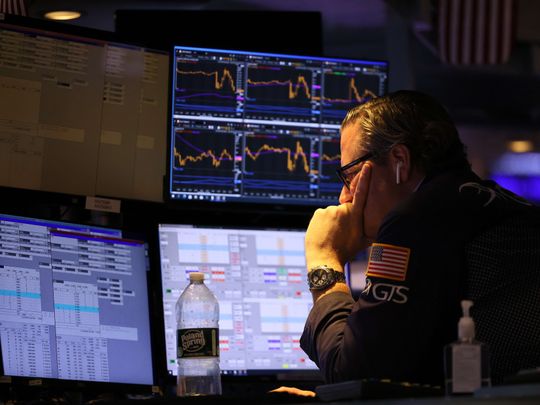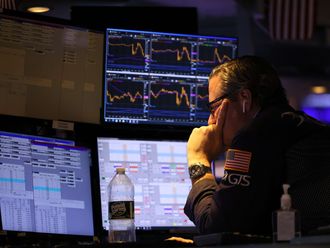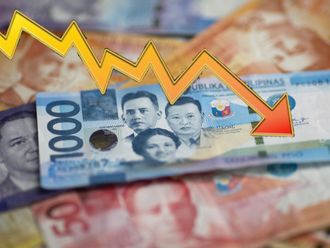
In the third week of July, the market believed that Bitcoin was valued at $68k; SnapChat at $24 billion; and Intel at $150 billion.
While I will refrain from commenting on the more egregious examples of meme stocks, say what you want of these three price points, you can’t say that they were flying below the radar. These were as intensely scrutinized as any market components can be, by some of the shrewdest people on our planet. And perhaps, on some other planets too.
There was a long held commentary that Bitcoin was perhaps the most visible example of financial overvaluation. That with all the hype surrounding AI and tech, blue-chips like Intel were under obvious distress. And yet billionaires from all over were long and calling for much higher levels, pushing the carry trade on through endless layers of leverage.
Two weeks later, with the bulls running for cover (given no new material information, other than the fact that Berkshire had increased their cash holdings to a record high), there seems to be a new dawn. Which raises the obvious question: if the most efficient markets can get it so wrong about something that is in plain sight, how can it get it right about more esoteric concepts like AI? Or for that matter the analysts and the firms that recommend them?
If it doesn’t, how can any responsible investor buy shares based on these recommendations? At what point does the purchase of such overvalued stocks cease to be intelligent investing and become the crudest form of gambling?
There is of course an obvious reason and that is that the insiders themselves don’t understand them either. Despite the repeated insistence on data that they claim to have (rising transaction levels, anyone?).
Highly opaque markets
Across trading floors, time and again, there is an obvious tendency to emulate trading as an abstraction of birds flying, which is another way of saying follow the crowd at chow time.
For both investors as well as analysts, markets - in real estate or capital - have become shockingly opaque. This problem isn’t new. It dates back to the South Sea Bubble, when one company started making more money than all the others combined.
Since then, innovation, financial or otherwise, has driven markets. Some of it silly, but all discussion has been devoid of fundamentals. Instead, the focus has always been on the new, new thing. New things that imply complexity, which by definition makes them increasingly opaque.
Investors who talk about dividends are almost sneered at, and why wouldn’t they be, because the greater the opacity the greater the upside.
What we are seeing now is something that naturally has to accompany that upside - greater volatility. And so, Intel can fall by 30 per cent in a day, crypto by more than 20 per cent, and all of this can happen even as companies in the UAE are generating dividend yields in excess of 5 per cent (like Fertiglobe, Salik or DEWA).
And have nothing to do with the carry trade contagion whatsoever, with valuations lower by more than 50 per cent than their peers. Not everything is a buy, but the ones that are would make mutual fund giants salivate.
Giving short shrift to real value
But online platforms and analysts have little joy in recommending such stocks because it is not the new, new thing, not part of the zeitgeist, and therefore not understandable. In the upside down world we live in, companies will make outrageous amounts of money till such a time that they are about to go under, and intrinsic value and sustainability be damned.
This pattern has repeated itself with increasing frequency in the last 50 years. Despite the so called rising fragility, investors keep restoring themselves to factory settings, back to the class of 1980 (when interest rates first started falling and therefore became the focal point of investors). Where value and valuations are not about fundamentals but about the greater fool theory.
There will be a bounce, and the commentators will extol the virtues of the old players but the edifice has been cracked. As the old song goes, “There’s a lullaby for suffering and a paradox to blame…”
Something is about to give.













